Alan Hook – Film and Television Design with Google SketchUp

This week in our Spotlight section we are privileged to host an exclusive interview with Alan Hook, production designer and art director in the film and television industry. Alan managed to take some time out of his busy schedule to share time wth us and give us an candid insight into his professional working experience with SketchUp. He exclusively designs sets in Google SketchUp, his work covers:
Production Design: Playing With Guns (Pilot), One Tree Hill (117 Episodes), A Good Old Fashioned Orgy, Dawson’s Creek (96 Episodes).
Art Direction: Syriana, Flight of the Phoenix, Secret Life of Bees, Stay Alive, Idlewild, 28 Days, I Know What You Did Last Summer.
Set Design: October Sky Muppets From Space, Elmo in Grouchland,Virus,Mercury Rising, The Jackal, Empire Records.
Graphic Design: War of the Worlds, Divine Secrets of the Ya-Ya Sisterhood, Going to California, The Water is Wide.
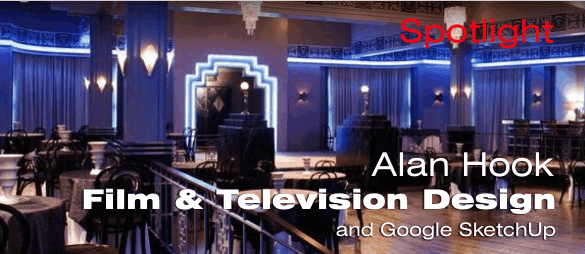
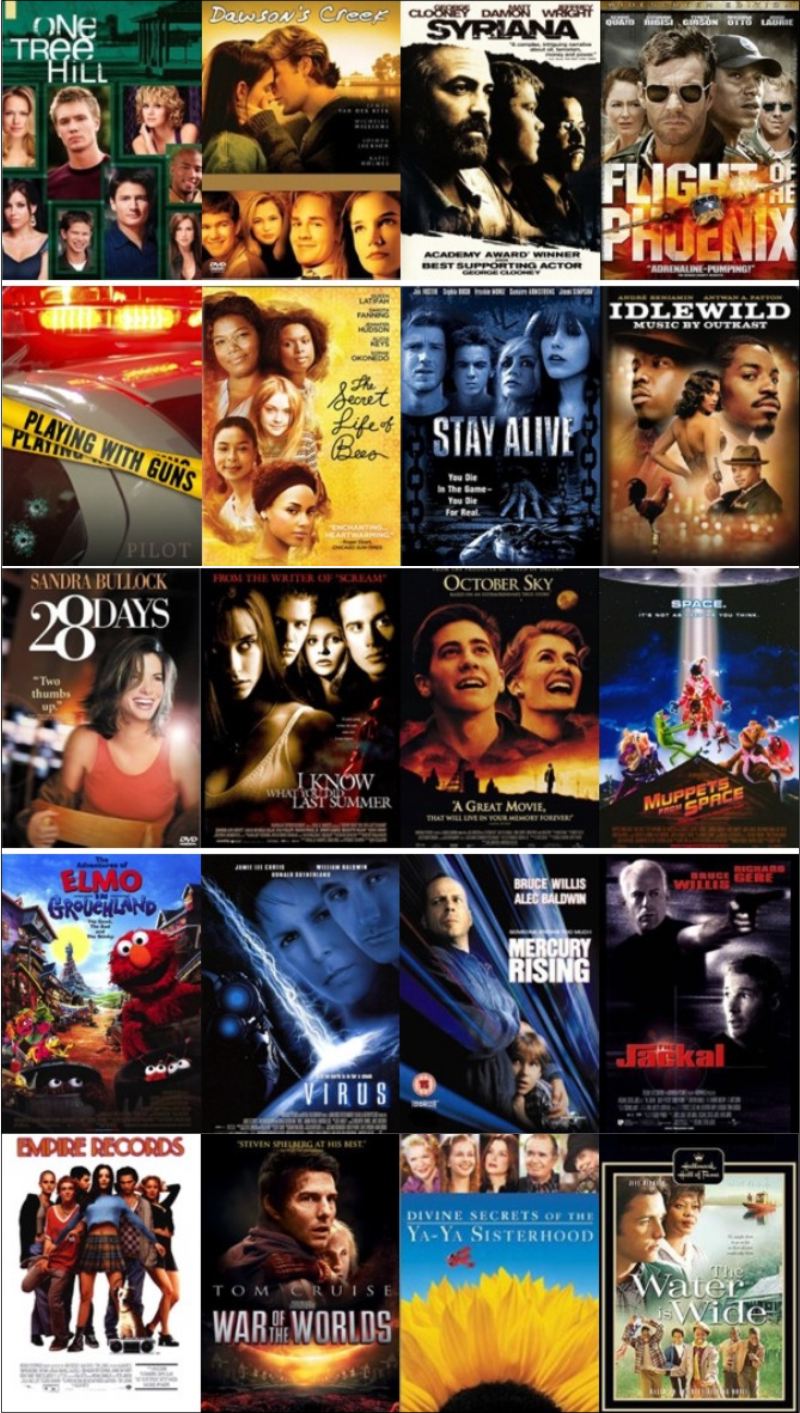
Alan Hook - The Works
Tell us a little bit about yourself, about your life? Where did you go to school, and what classes did you study? What really helped prepare you to become the artist that you are today?
I came to be a film/television Production Designer in a very roundabout, meandering kind of way. I attended Penn State University for Graphic Design and then went to NYU for Film. In between, I also worked in construction throughout college as well as working for an architect as a draftsman. I worked for a small newspaper as a graphic designer and also had a small business making architectural models. All of these different jobs and disciplines fed perfectly into the skills needed to be a Production Designer.
Tell us about the nature of your work?
A Production Designer helps to tell the story by creating the physical world that the characters inhabit. A quick answer that I like to give when asked what does a Production Designer do is, we’re in charge of everything you see on screen except for the actors themselves. When I read through a script it’s my job to imagine and design the spaces that these characters inhabit as well as all of their possessions. My job is not necessarily to just create a well designed space, but to have that space tell something about who is the character and what is their background. We also can help to create a feeling or mood through choice of colors and set dressing. The devil is in the little details. For example, I just recently had to design a morgue set for a comedy pilot on Comedy Central. Along with my Set Decorator, we blocked in all of the typical pieces you would expect such as coolers and autopsy tables. But then we went through and added all of the little personal touches, such as a half eaten sandwich on a side table with a pair of latex gloves beside it. As though the coroner didn’t even step away from the dead bodies to have lunch. An old TV propped up on one of the file cabinets and a microwave stuck on a stainless counter amongst medical equipment. All of these things help to make the set feel lived in.
How do you go about designing a set, and what goes through your mind, from start to end?
Many factors influence the design of a set. Depending on the project, you may be aiming for anything between extreme realism to hyper-stylized. Always you are trying to help propel the story and fill in the rest of the world for the characters. Usually, there are a few hints in the script as to what it needs to be, but I will definitely begin imaging the space as I’m reading the script. After a couple of reads of the script, I’ll have an image in my mind as to what a space should be. I might do a quick sketch or two as well as do some research. I then need to discuss the set with the director and producer. Once everyone is on the same page as far as look, the process begins in deciding whether it will be built from scratch or a location might be found that can be altered to fit the script. At this point I will usually create a SketchUp model of the set. I’ve found that this is the best way to make sure everyone understands what we will be doing. It allows the director, producers, art director, set decorator, director of photography, and many others to ‘walk through’ the set before we spend any money on building and further design. Again, once I have sign offs at this point, I’ll ‘dress’ the model by placing furniture and smalls, add colors and textures, and output it into Photoshop to create a final concept. I can then hand this off to my art directors and set designers to turn it into working drawings for construction. My decorator can get a real sense of the space to begin shopping for set dressing and the director of photography can have a sense of how he will want to light the set. Depending on the project these steps can happen very quickly. I just finished a set for One Tree Hill of a diner. I had three days to come up with the designs and concepts and the set was built in only two and a half weeks. That’s only three weeks from nothing to finished set.
What inspired you into getting in this line of work?
I’ve always enjoyed coming up with a design and then being able to create it for real. Working in film has allowed me to do that. I always joke that I’m not a real architect but I get to play one on film. Architects only get to design homes and buildings, in various films I’ve been lucky enough to create and design Aztec temples, spaceships, coal mines, 1940’s era art deco nightclubs, missile control rooms, horrific dungeons, build airplanes in the desert and many other off beat spaces. The great thing is that at some point I get to actually walk through the set and it’s not just a drawing in model in the computer.
What are you working on now?
I just wrapped the season filming on the TV show One Tree Hill and also finished a TV pilot for Comedy Central. I will probably be heading to New Orleans to work as a supervising art director on a big action film that I can’t name yet in the next couple of weeks. It should be fun, lots of big sets and plenty of explosions and gunfire.
So how did you start using SketchUp?
I stumbled onto SketchUp very early on, I think it was the very first version of the software. The amazing thing with the software was how easy it was to use. It just made absolute sense in how you modeled objects. I had tried other 3D modeling software in the past but it was always so cumbersome and slow to develop ideas. SketchUp worked exactly how you felt it should and I could very quickly create spaces to get my ideas across. It got out of the way of the design process. I didn’t have to spend time figuring out the ‘how to’ process in making a model and could just design. It quickly became my go-to software in the design process.
Can you give us some idea of your workflow? How does SketchUp fit in to your day-to-day work?
I pretty much exclusively design sets in SketchUp at this point. Everyone on my team is also proficient in SketchUp as well. I’m able to do a quick first pass at a design which is still pretty detailed. I can then hand off the model to my art director and set designers. They are able to pull apart the model and use it as the basis for working construction drawings. Whenever a set designer has a question as to what a certain section of the set should look like, they can quickly refer back to my model. They use either AutoCad or Vectorworks to create the working drawings from the imported model.
SketchUp has also come in very handy in other ways as well. On the film ‘Stay Alive’ one of the ideas in the film was that the characters were playing a video game that began to match their real life experiences. We had to have physical locations and sets that we filmed and would later be turned into video game representations as well. Initially, the visual FX team was going to need to survey and recreate every space we filmed. But since I had already modeled most of the locations and sets, I was able to give them the SketchUp models which they in turn used to create the visual FX and every thing matched perfectly. It became a huge time saver for them.
What are your favourite features of SketchUp?
Ease of use.
Do you use any companion software with SketchUp – i.e. a rendering or animation solution?
I use Podium sparingly. I really have not found a rendering package that works with the speed with which I usually need to design these sets. I still haven’t mastered the dark arts of lighting within these rendering programs. I don’t have the time to fiddle with ambient occlusion, set every texture’s surface values, and play with lighting levels and then wait for a render that doesn’t turn out as planned. I will take the SketchUp output into Photoshop and ‘paint’ in shadows and lights and add any mood to the piece in just an hour or two. It also helps in working with Director’s and Producers to not give them a finished photo-realistic rendering. Film is very collaborative and I find that if I’ve created a photo-realistic concept everyone gets sidetracked in talking about the color of a rug or such, instead of discussing the space at that point. For my needs, I just need to create the ‘feeling’ of the space and not necessarily have every detail finished completely. That allows every one else involved in the set to bring their ideas to it as well.
What other software, hardware and techniques do you use?
I work on a Mac Pro Quad Core Intel tower with 10GB of ram. I also have a MacBook Air for portability. I’ve been a Mac guy for a long time. Besides SketchUp, my go to programs are Photoshop and Freehand (I’ll use Illustrator, but prefer Freehand).
How would you like to see SketchUp develop?
I wouldn’t mind seeing SketchUp add some type of rendering package, but with the ease of use of it’s main software. If I want to put a light in a space, I should be able to add it just like real life, a 100watt bulb, a 4′ flouro tube, etc.
If you could give one piece of advice to a professional artist starting in film/ television industry what would it be?
Be curious about the world around you. For each different film, you need to become an expert on that subject. By the end of Flight of the Phoenix, I knew every bolt and screw on the C-119 airplane. I had to learn all about Aztec building techniques and symbolism to design an Aztec temple. Whatever you are designing, you should find out as much about it as possible. Also, stick with it. There will be some long periods in between films when you first get started, you just need to stick it out if that’s what you want to do.
Concept Art – Creating Set Concepts
Here are some concepts and set pics of a Diner set we just did in 3 days….
Here are some concepts done as a combination SketchUp/Photoshop technique with set pics from One Tree Hill, season 8. The big wedding between the Brooke and Julian characters.
Concept Art – Creating Set Concepts – continued
Here are a few more illustrations I’ve done of various sets. I have tried to include photos of the finished sets as well (taken from roughly the same POV as the illustration). These illustrations are used when first discussing the set with the director and producers. They are a good way for everyone to agree on the look and style before any actual construction begins. Most of these illustrations are done very quickly, in a day or two. I will first design the set in a 3D CAD program. This model can be used with the director to do a ‘virtual’ walk-through of the space, without worrying about colors or finishes. Once we agree on the layout of the set in the model, I’ll then take that into Photoshop and create the finished pieces you see here.
When everyone signs off on the final look, the 3D model can be passed onto the set designer to develop working drawings for construction. These drawings are also very informative for the scenic department and set dressing department. In today’s rushed production schedules, the speed and clarity of communication between all of these departments is critical.
Fashion boutique from One Tree Hill.
Art Direction – Always something different
Whether it is depicting the power corridors of Washington and the oil industry, building an airplane out of scraps in the deserts of Africa, or creating a macabre underworld in old New Orleans, the job of art direction is always a new challenge. With each new film, you need to bring a variety of different skills to bear, from illustration, 3D design, drafting, graphic design, management of time, people and balancing it all within a budget.
You can see more of Alan Hooks outstanding work on his website here.



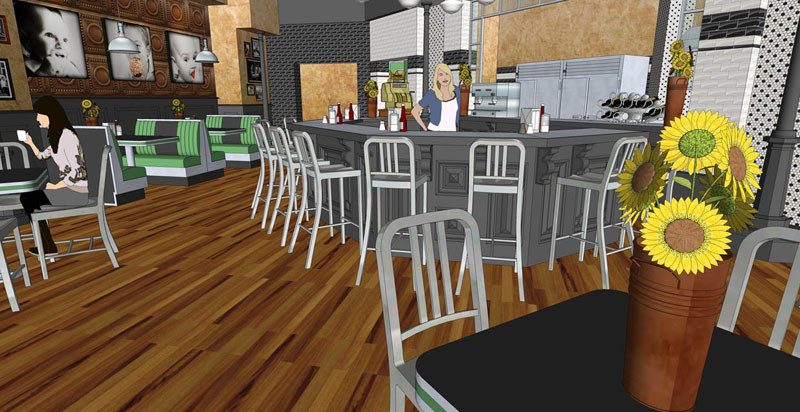
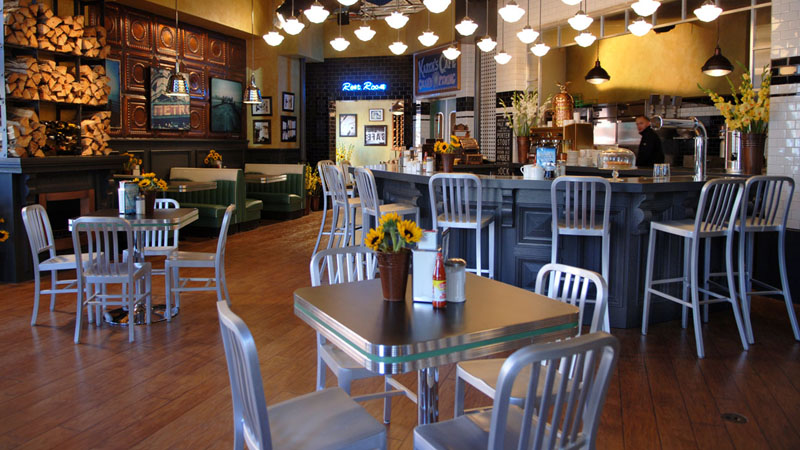
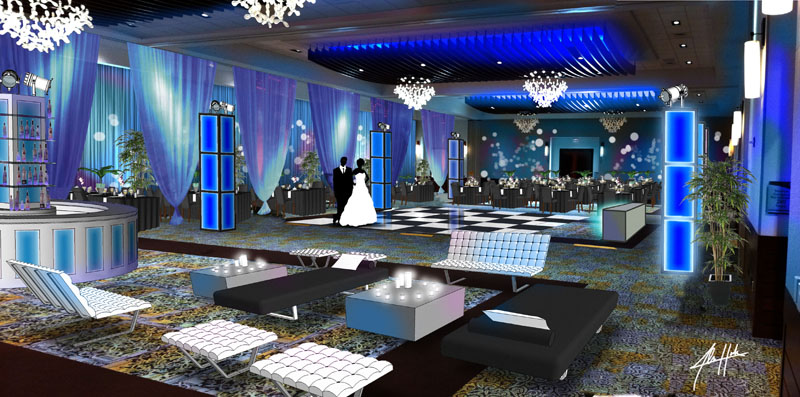
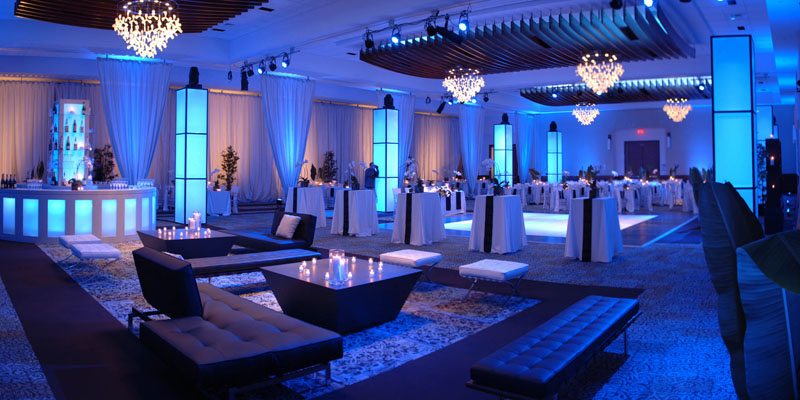

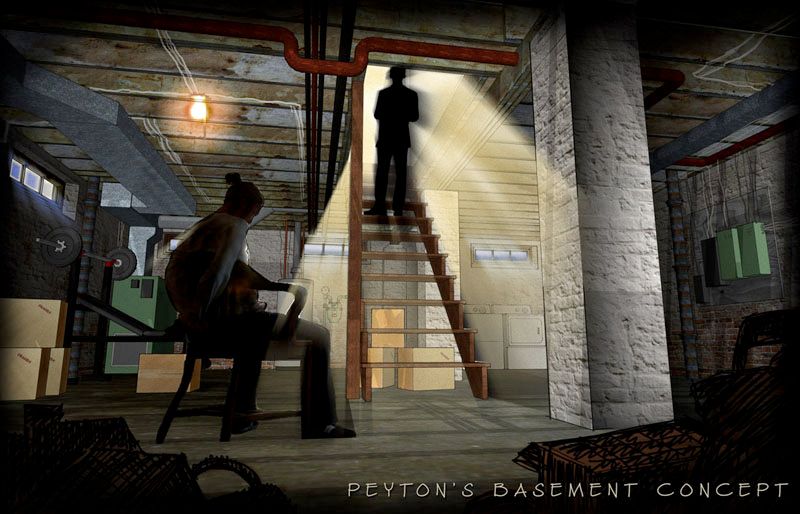
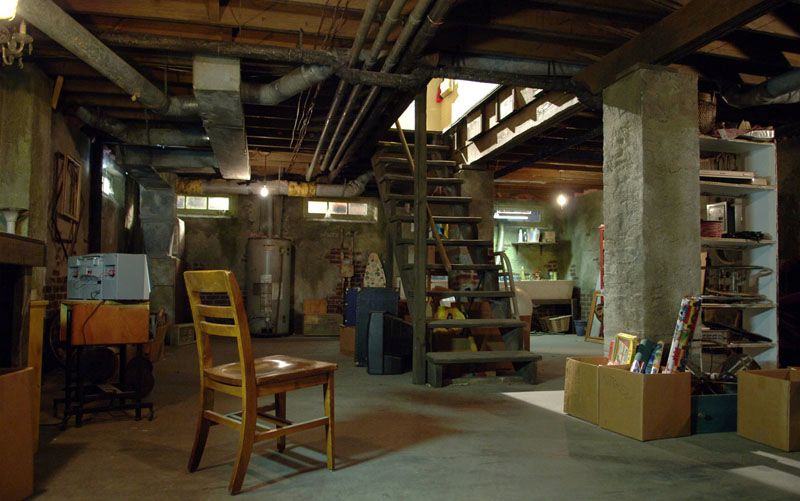
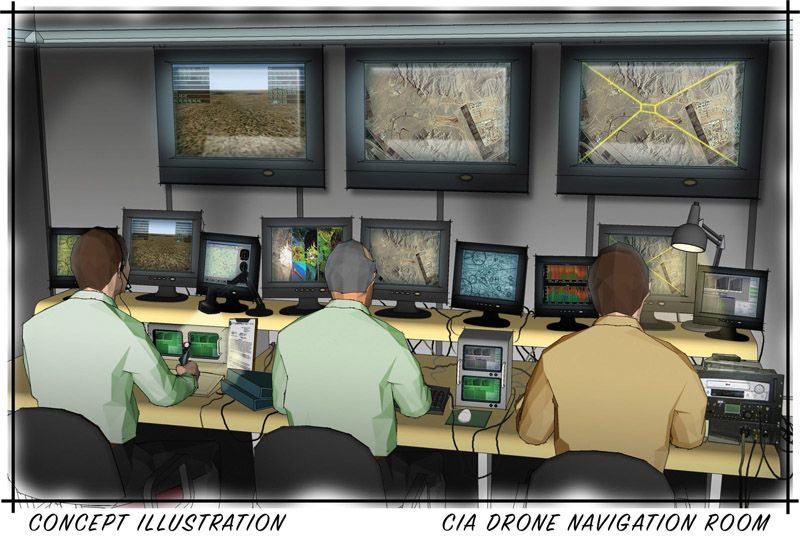
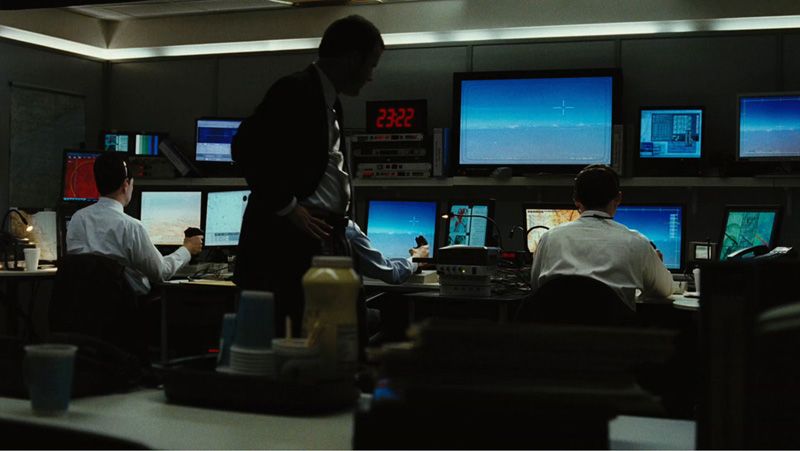
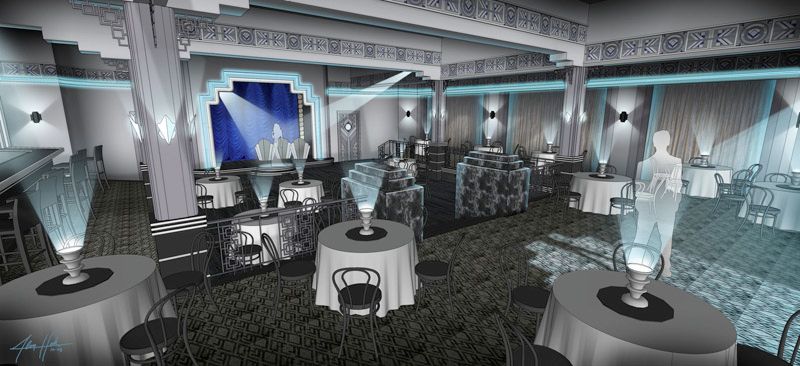
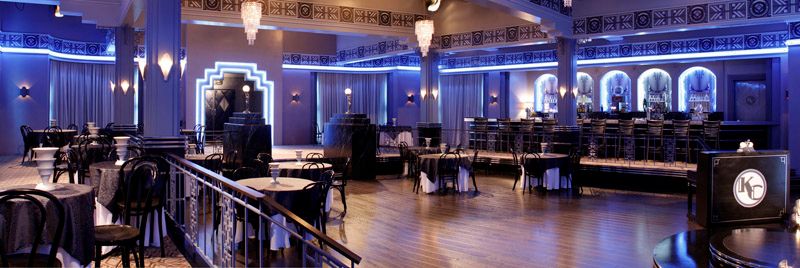
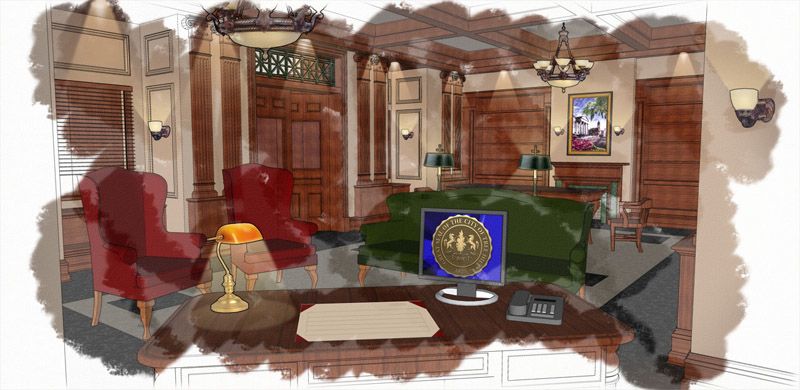
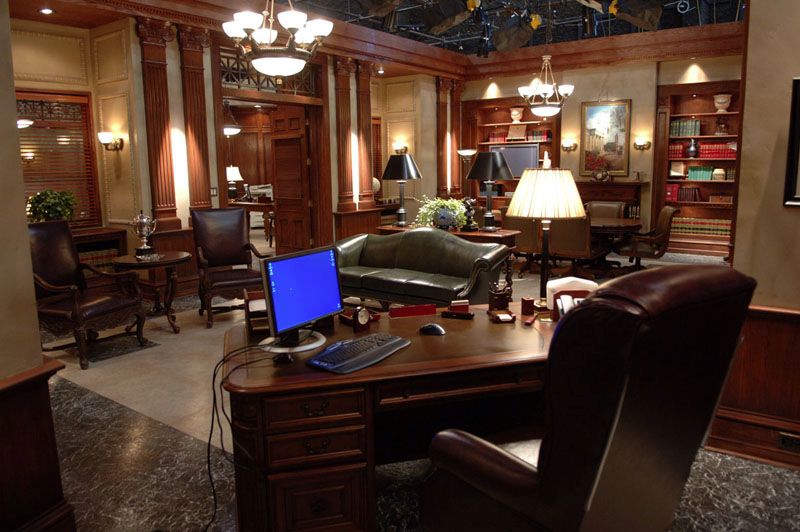

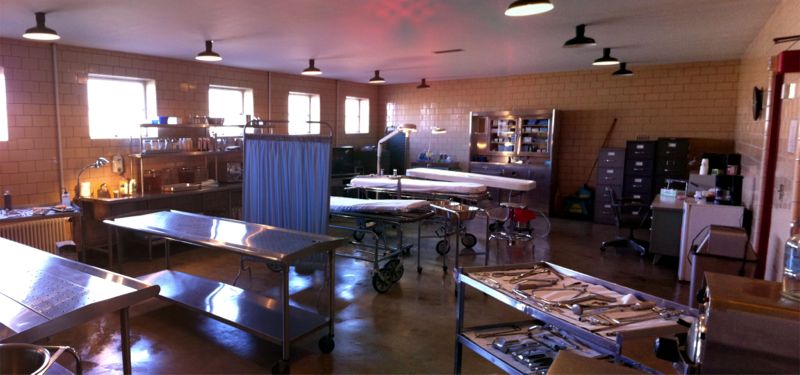

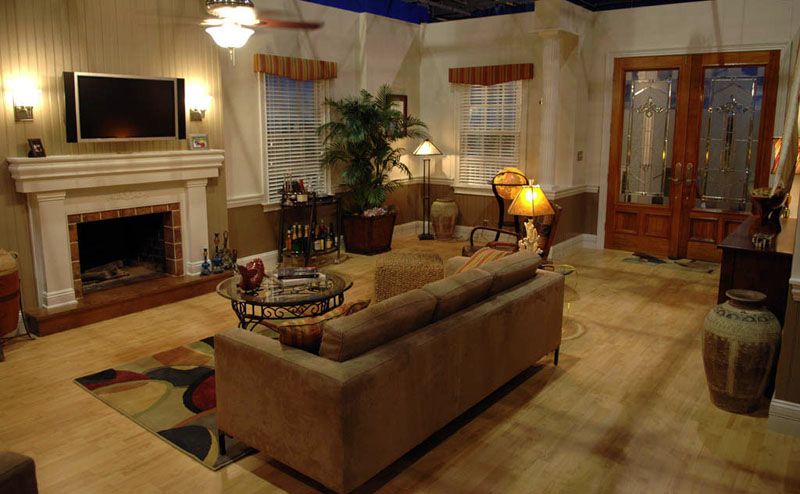


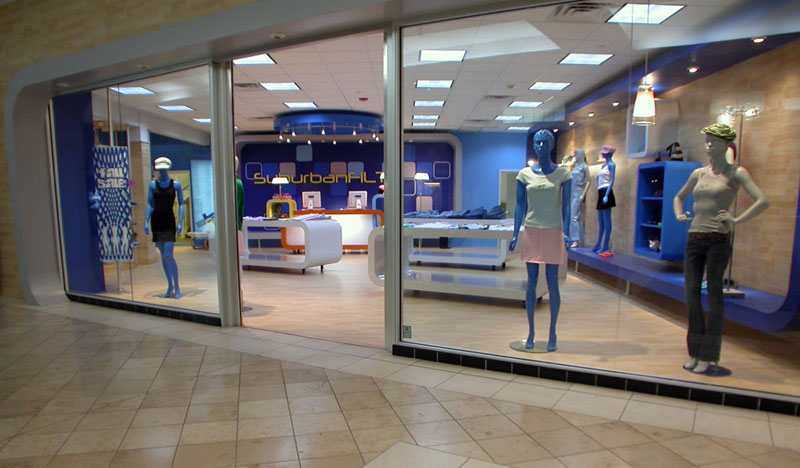
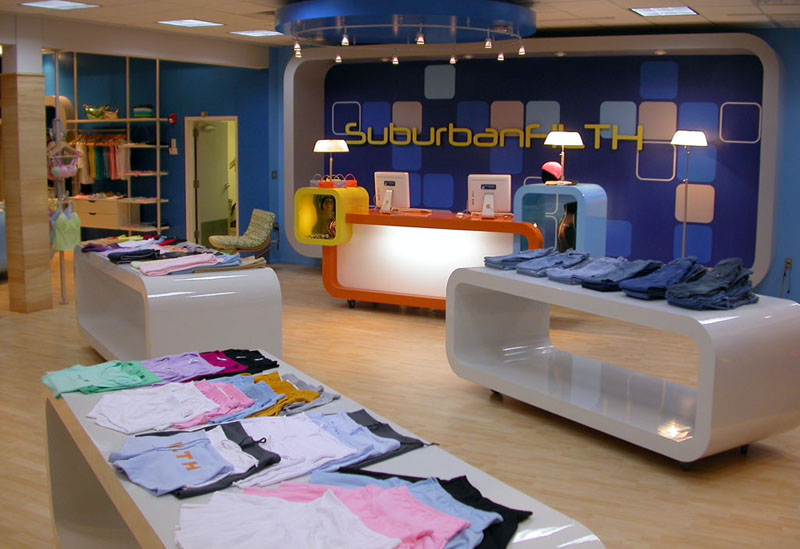
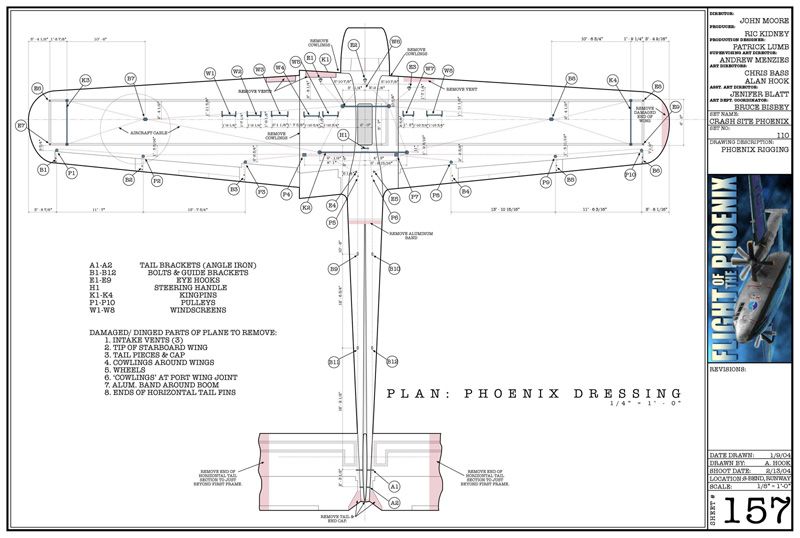

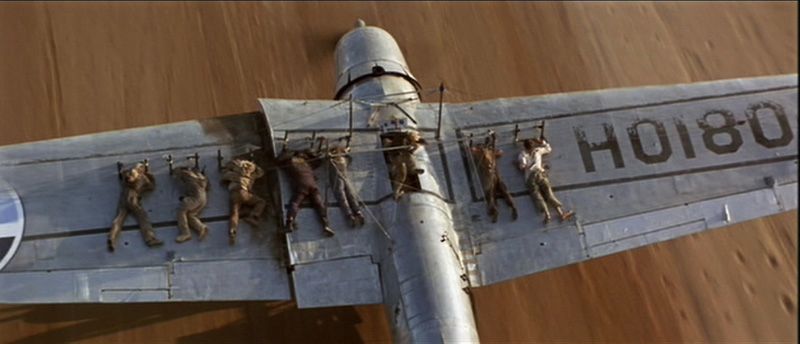
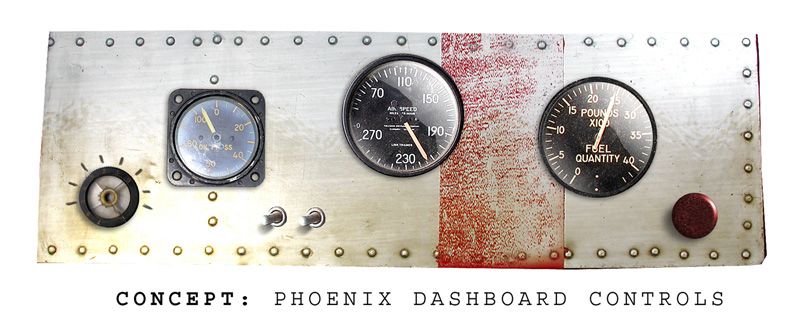
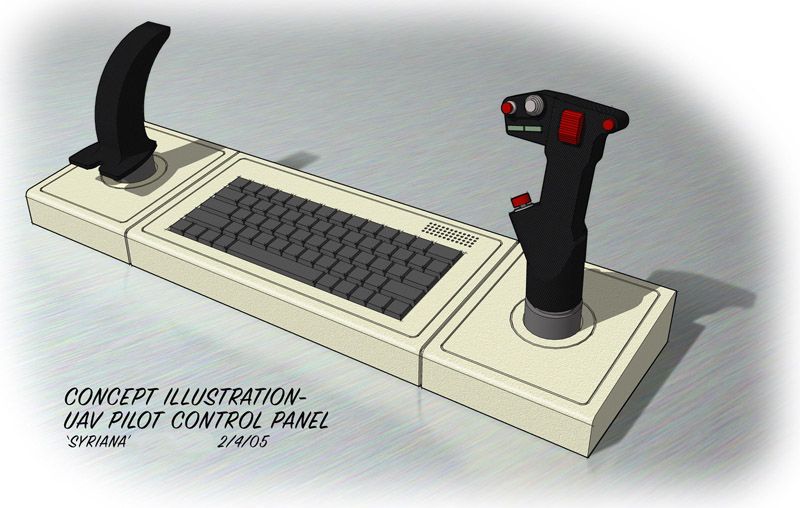
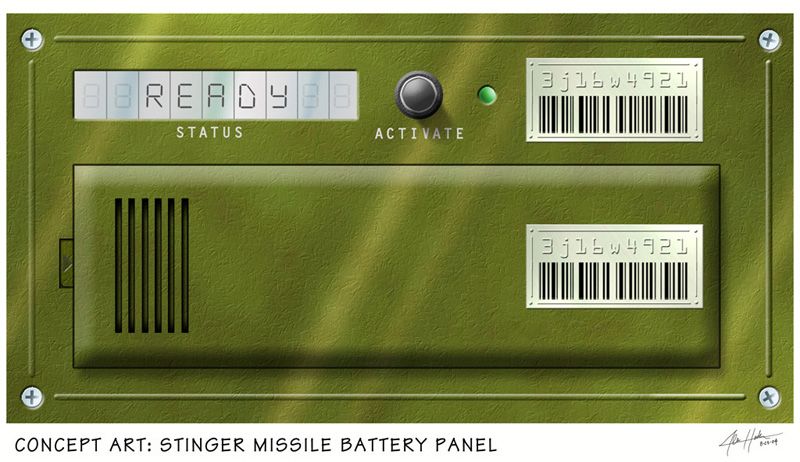
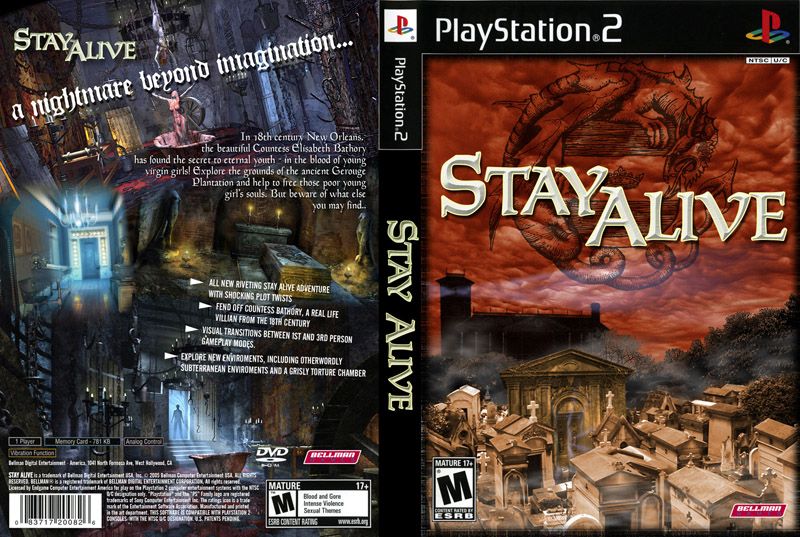
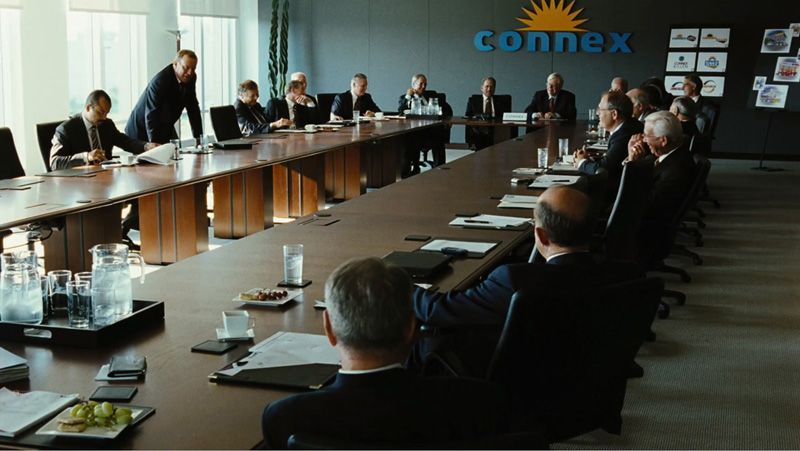








amazing workflow..
great use of sketchup and very intersting workflow
Super rad! What a wide range of tasks accomplished using Sketch Up: Furniture design, set design, retail design, communicating mood through lighting, brand through layout style and more. I can only imagine how excited the set builders are to have such well thought through and communicated plans. Additionally the producers, creators, directors, DPs. Very impressive body of work and presentations. Thank you for sharing.
amazing ,i wish i can make those kind of designs
I design homes, but would like to know how I can learn how to design these kind of designs, I am a paraplegic so I have a ;ot of time, and there are not a lot of homes to desigb right now.
Thank you
I am civil engineer and I have been working this kind of software ,but I would like to know more about sketch up because its really amazing thank you
amassing